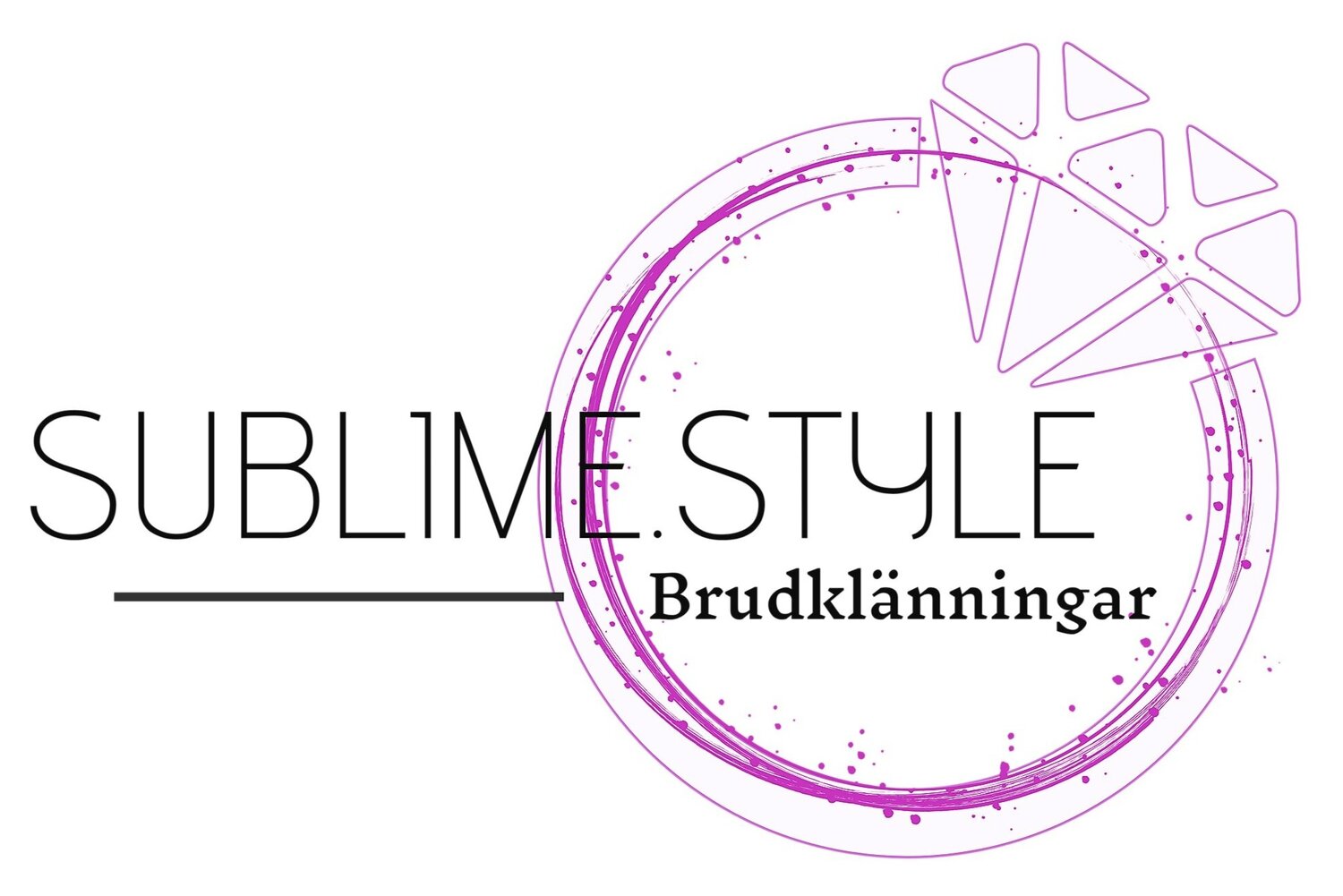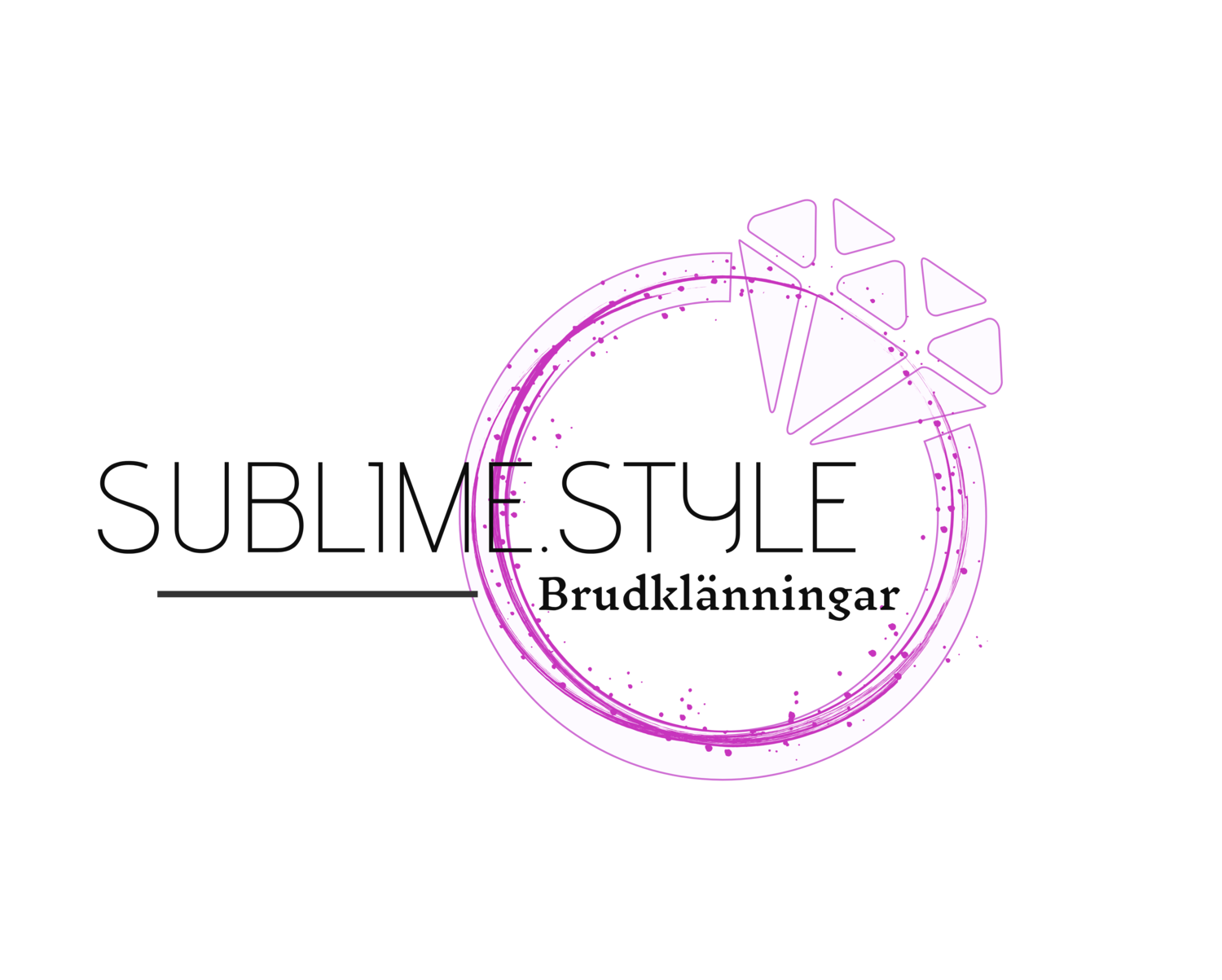Discovering the Perfect Fabric.
When it comes to choosing the ideal wedding dress, one of the most crucial decisions a bride-to-be faces is selecting the perfect fabric. Each textile type not only contributes to the dress's appearance but also influences its overall comfort and fit. From the ethereal charm of chiffon to the luxurious feel of satin, and the whimsical allure of tulle, let's dive into the world of various textile types for wedding dresses and explore their unique characteristics and benefits.
Organza
Organza is a lightweight and sheer fabric that adds an element of delicacy and grace to wedding dresses. It is made from silk, polyester, or a blend of both, creating a luxurious finish. This fabric is ideal for brides who desire an elegant and ethereal look. Organza gowns often feature cascading layers, making them perfect for ball gowns and A-line silhouettes. Its crisp texture allows designers to create stunning embellishments and intricate details, perfect for a fairytale wedding.
Pros:
Lightweight and breathable.
Beautiful draping capabilities.
Enhances the design with a natural sheen.
Ideal for layering and overlays.
Cons:
Prone to wrinkles due to its delicate nature.
May lack warmth for colder climates.
Satin
Satin is synonymous with luxury, featuring a glossy surface and a lustrous finish. This fabric is usually made from silk, but synthetic versions like polyester satin are also common and more affordable. Satin wedding dresses exude elegance and sophistication, and their smooth texture complements body-hugging silhouettes and flowing ball gowns alike. The rich sheen of satin adds a touch of opulence to any bridal look, making it a favorite choice for formal weddings.
Pros:
Luxurious and glamorous appearance.
Drapes beautifully and adds structure to the dress.
Reflects light, creating a stunning effect in photographs.
Versatile, suitable for various dress styles.
Cons:
Can be heavy, especially if made from silk.
Shows wrinkles and creases more prominently
Matt Satin
Matt satin, also known as peau de soie, is a variant of traditional satin with a more subdued and muted finish. Unlike the glossy shine of satin, matt satin offers a soft, subtle luster, perfect for brides who prefer an understated elegance. This fabric is often crafted from a blend of silk and synthetic fibers, striking a balance between opulence and affordability. Matt satin wedding dresses are an excellent choice for contemporary brides seeking refined sophistication.
Pros:
Elegant and refined appearance.
Hides wrinkles and imperfections better than traditional satin.
Suitable for structured and tailored designs.
Offers a comfortable and lightweight option.
Cons:
May not have the same level of sheen as traditional satin.
Chiffon
Chiffon is a delicate and sheer fabric known for its lightweight and airy feel. Typically made from silk, polyester, or nylon, chiffon is a popular choice for destination and warm-weather weddings. It drapes beautifully and adds a dreamy, romantic quality to the wedding dress. Chiffon wedding dresses often feature flowy skirts and soft silhouettes, creating an effortlessly elegant and timeless look.
Pros:
Soft and flowing texture.
Excellent choice for outdoor and beach weddings.
Resists wrinkling due to its loose weave.
Creates a sense of movement and grace.
Cons:
Can be prone to snagging or tearing due to its delicate nature.
Mikado
Mikado is a luxurious fabric made from a blend of silk and synthetic fibers, renowned for its substantial weight and smooth texture. This fabric is perfect for modern brides seeking structured silhouettes with a touch of drama. Mikado wedding dresses often feature clean lines and architectural details, making them ideal for chic and contemporary weddings.
Pros:
Luxurious and elegant appearance.
Holds its shape well, offering structured silhouettes.
Conceals body imperfections and adds a flattering fit.
Suitable for various styles, from minimalist to ball gowns.
Cons:
May not be as breathable as lighter fabrics.
Tulle
Tulle is a lightweight, fine netting fabric that adds a touch of whimsy and romance to wedding dresses. This versatile fabric is often used for layering and creating voluminous skirts and ball gown silhouettes. Tulle wedding dresses have a magical quality, evoking images of fairytales and princesses. Whether used as an overlay or a stand-alone fabric, tulle brings a sense of enchantment to any bridal look.
Pros:
Soft and airy feel.
Creates a voluminous and dramatic effect.
Ideal for adding texture and dimension to the dress.
Comes in various colors, allowing for creative designs.
Cons:
Can be prone to snags and tears.
Requires proper handling to prevent wrinkles.
Conclusion
Selecting the right fabric is a crucial step in finding the perfect wedding dress. Each textile type has its own unique charm, from the opulence of satin and mikado to the ethereal allure of chiffon and organza, and the dreamy quality of tulle. Consider your personal style, the wedding theme, and the season while choosing the fabric for your dream gown. Remember, the perfect fabric will not only enhance your appearance but also ensure your comfort as you walk down the aisle on your special day. Happy dress hunting! Book an appointment with us on Bokadirekt to find your perfect textile.








